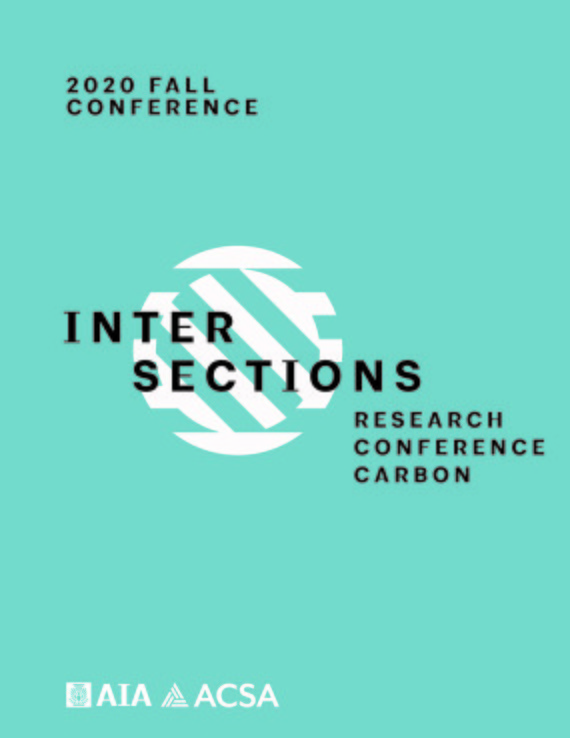Author(s): Manan Singh & Ryan Sharston
In recent years, Direct Air Capture (DAC) has been emerging as a promising negative emission technology, primarily due to its flexibility of location and capability to absorb CO2, generated from non-localized sources. This study evaluates the two variants of DAC i.e. DAC-1 utilizing liquid solvents and DAC-2 using solid sorbents, in terms of overall emissions generated as a result of the process of CO2 removal from atmosphere. It was found that majority of overall emissions generated during the life cycle of DAC, may be attributed to the operational phase. The operational emissions were then classified into three major steps i.e. CO2 capture, CO2 separation and compression. The impact of the choice of energy source on generated emissions was then analyzed in the cases of both DAC-1 and DAC-2, separately for the three classifications. Both the variants were found to be reasonably efficient in terms of net CO2 removed from atmosphere, provided the energy requirements are sourced from renewable energy resources. Additionally, we analyzed the secondary impacts in terms of land use requirements and water loss during the process.
https://doi.org/10.35483/ACSA.AIA.FallInterCarbon.20.17
Volume Editors
Corey T. Griffin & Erica Cochran Hameen
ISBN
978-1-944214-35-7

 Study Architecture
Study Architecture  ProPEL
ProPEL 
